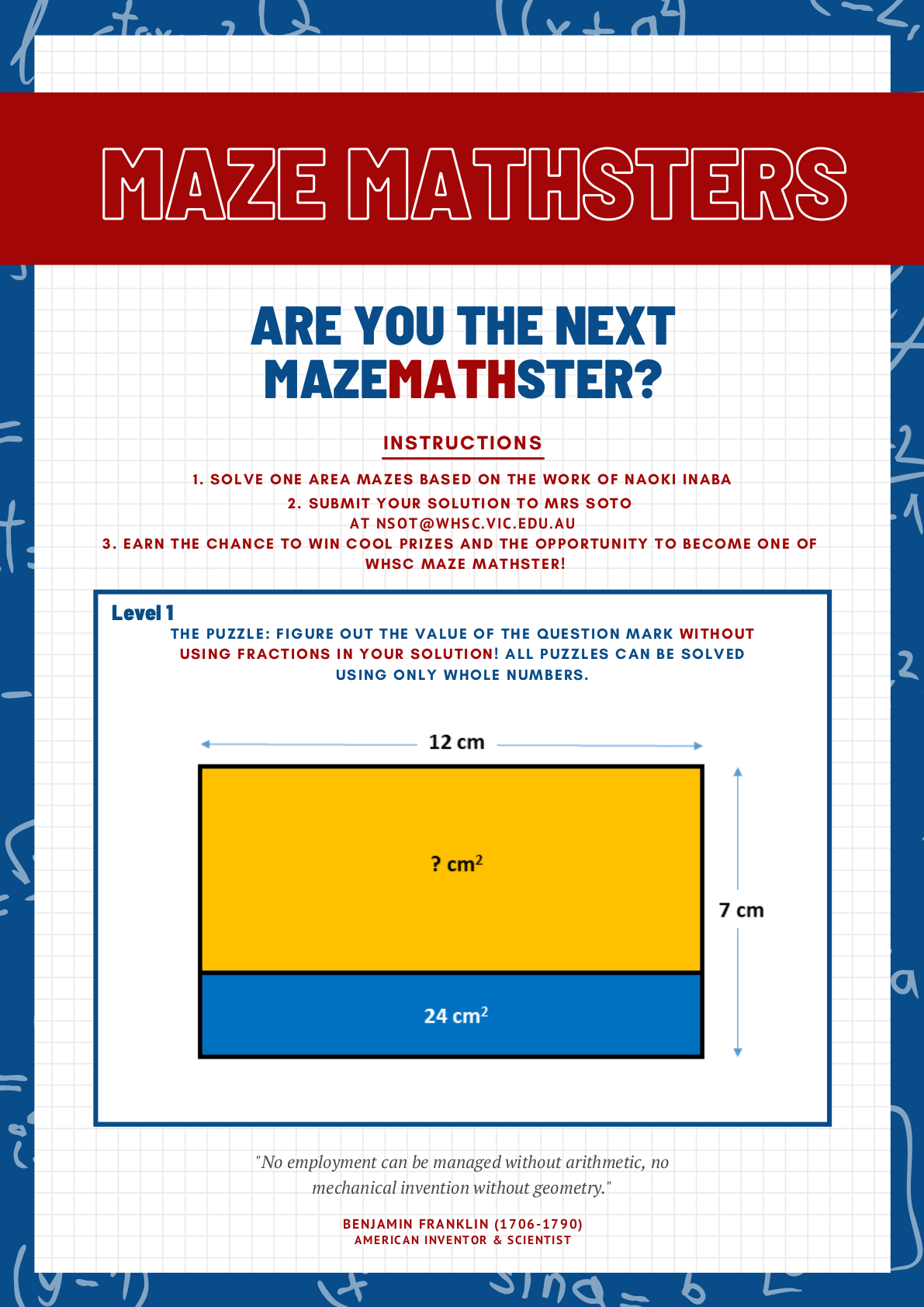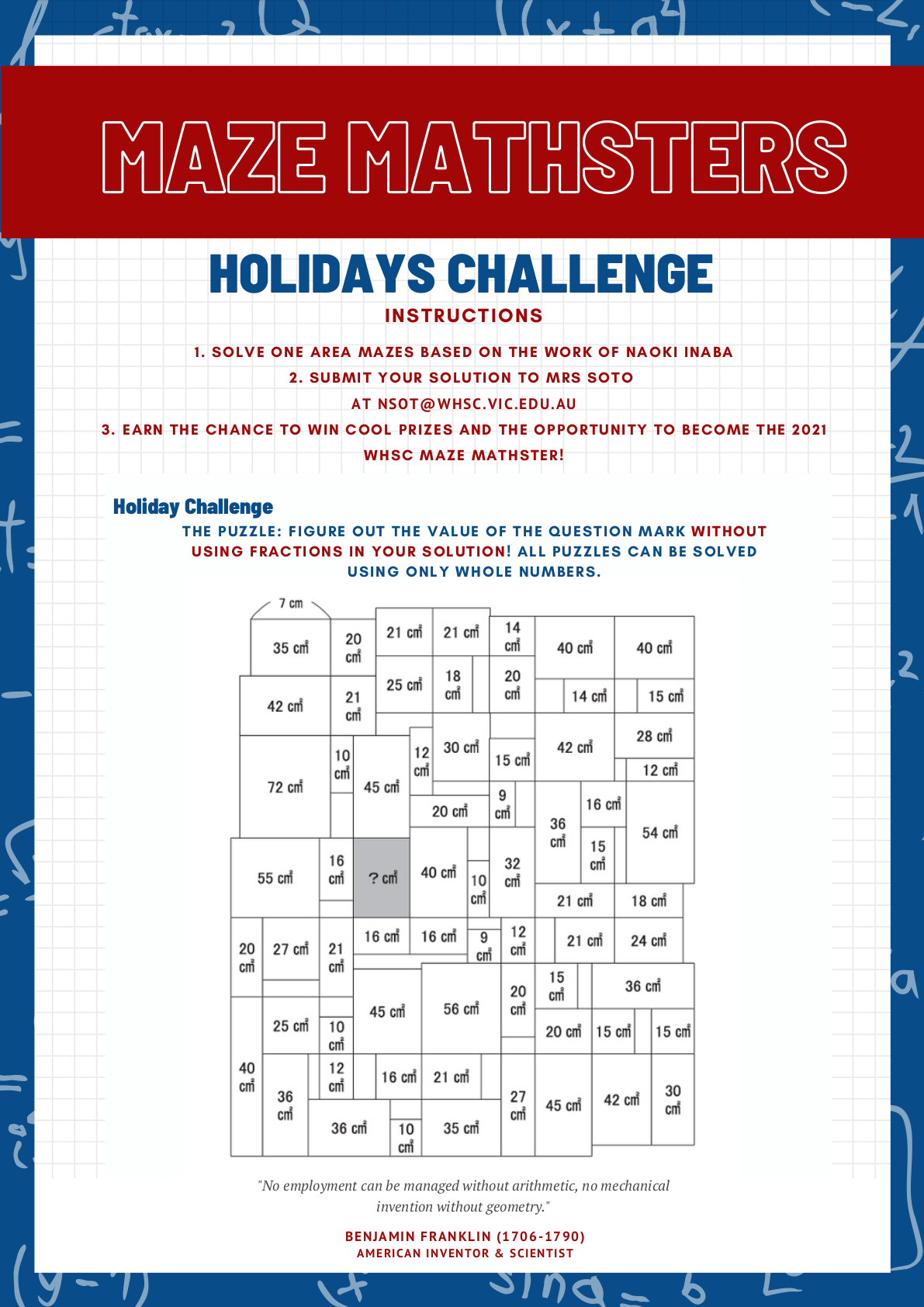Student News
"Be The Best That You Can Be"
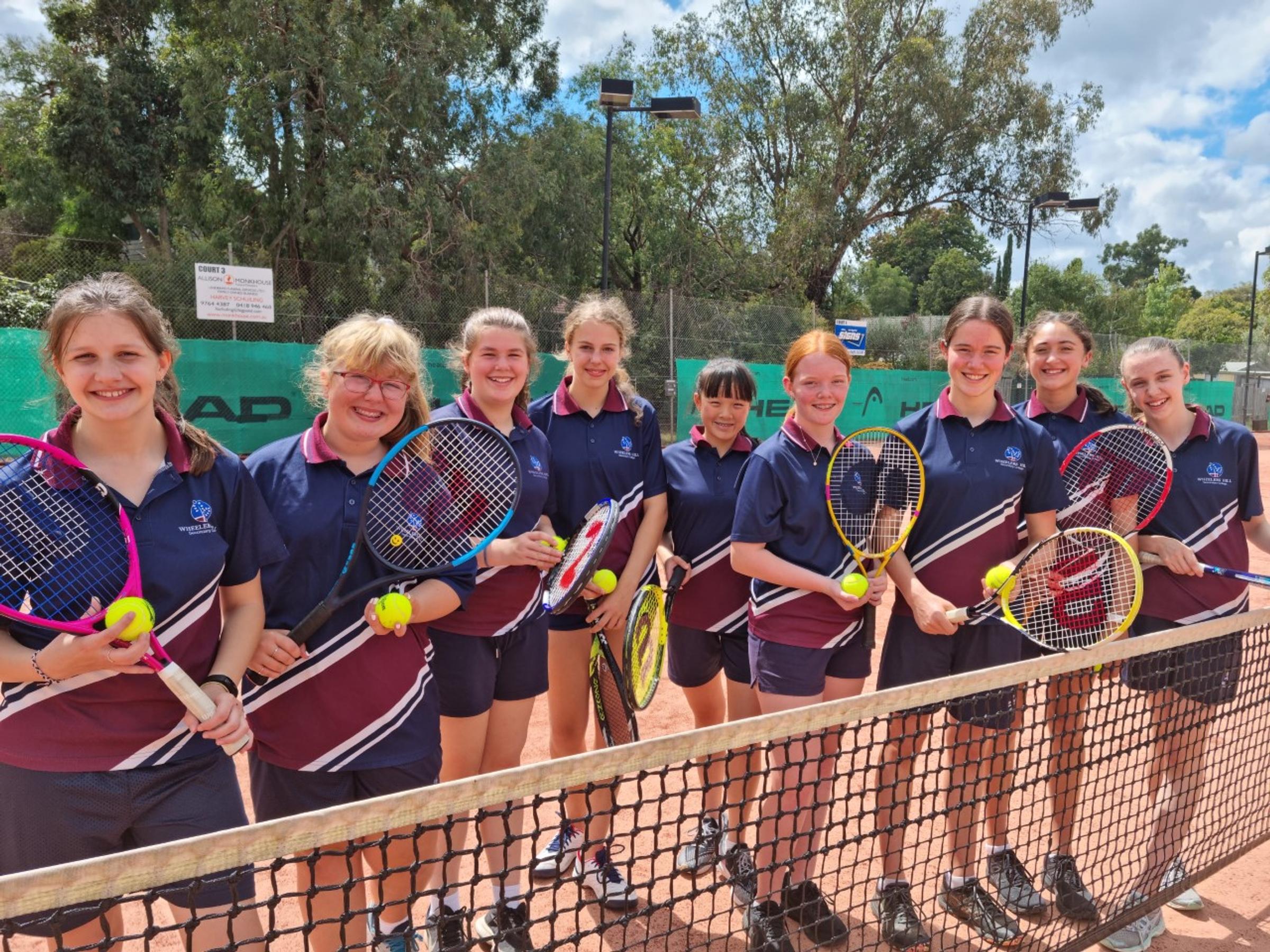
Student News
"Be The Best That You Can Be"
The 9th of September was Australia’s R U Okay Day – and it might be the most important day yet this year! Amongst never-ending lockdowns, missing friends and school, setbacks, and missed opportunities, many people are feeling alone and isolated.
Asking one simple questions – are you okay? – could be the helping hand they need.
Being alert and aware of those around us and picking up on subtle signs that those we care about might not be okay, we can start a conversation and extend support that could make a huge difference between someone feeling alone or not.
R U Okay is supported nationally within schools, workplaces and communities. There are a host of mental health professionals on hand to offer support, guidance and advice to all who want to learn more. In light of this program, this is a perfect time to highlight some of the enriching careers you could explore in mental health.
1. Psychologist
Psychologists are trained to determine whether individuals are experiencing cognitive, psychological or emotional disorders. They draw their expertise from continual research and professional development, usually specialising in a few different treatment methods such as Cognitive Behavioural Therapy. They spend time with clients to understand their experiences and symptoms and then work with them to develop a positive diagnosis and treatment plan. Psychologists require a bachelor degree coupled with postgraduate study and work experience before becoming fully accredited.
2. Mental Health Nurse
Mental health nurses train as registered nurses before choosing to specialise in mental health. They have dedicated knowledge to support patients experiencing various mental health challenges and work with multi-disciplinary teams to provide supportive, proactive care. Mental health nurses can train to work with children and adolescents or with adults. Within Australia, you can complete a fast-track nursing degree for two years before proceeding to postgraduate study and work experience in a dedicated area of your choice.
3. Mental Health Outreach Worker
Mental health outreach workers act as liaisons between patients, their families and other mental health professionals. They work to provide support and advocacy for the patients under their care, ensuring they meet the recommendations of their treatment plans and keep an eye on patients for other symptoms or areas of support they might need. They can also help families and loved ones understand what is happening with patients and guide how best to handle and develop positive relationships that further aid treatment and management of mental health conditions.
4. Mental Health Counsellor
Separate from psychologists, counsellors tend to rely on talking therapies to help their patients work through their mental health challenges and reach positive conclusions and outcomes. They aim to provide a safe, confidential and supportive environment to enables positive interaction and allows patients to work through their experiences. Counsellors are best equipped to help patients cope with immediate issues such as grief or stress, but they also assist with longer-term mental health challenges such as anxiety and depression.
5. Disabilities Services Officer
Disabilities services officers work with various individuals within the community and social care settings to help them manage and overcome mental or physical health challenges. Many individuals who have chronic physical disabilities may also experience complex mental health challenges as a result, so disabilities service officers need to be equipped and prepared to support their clients through these challenges, as well as their physical challenges. They work to support and empower those in their care to engage with a full life, helping them to pursue personal freedom and live the life they want as much as possible.
These careers are only a snapshot of what you could do and get involved in.
Why not check out our Healthcare and Social Services industry profile to learn more about this fantastic sector!
Voula Jakubicki
Careers Coordinator
We are excited to share that we secured a free trial with Wheelers Books for their eplatform. That means you can borrow ebooks and Audiobooks on your device of choice, using your WHSC username and the password library1. We would really like to make this expensive subscription service available to students and staff in 2022, but that depends upon how many of you take up the trial. The more the merrier!


Make sure you borrow something for holiday reading!!!!!
ClickView is one of our best resources for lockdown. Keep your eye out for new videos on our ClickView Library – you may also notice we have tidied up the folders somewhat, particularly in Science. Don’t forget you can also access the Secondary Library and Movies & TV.
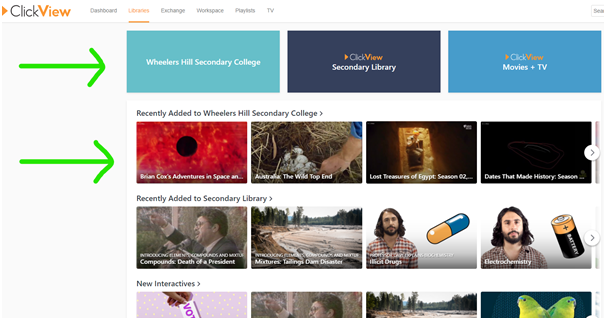

When we do return to campus, there will be many new books available to borrow. Please remember to return your library books when you return to school. If you are still getting automatically generated messages for overdues, it may be because you borrowed the books last year or early this year; have had the opportunity to return them and not done so. We do renew borrowers’ loans where there has not been opportunity for returns during lockdown.
Enjoy the term break!
The Library Team
On Friday of Week 7 Mr. Simon Watharow gave a talk to all our Year 7 students about his work with Wildlife Victoria. Simon who has over 20 years of experience as a herpetologist and wildlife rescuer, spoke to our students about what Conservation is looking like in Victoria. He provided many fascinating scenarios he has had to deal with in his work in animal rescue including saving a blue tongue who was stranded 200 meters out in the ocean! He also gave students tips that they can implement at home to help make sure our local ecosystems survive. Overall Simon was able to answer many of our students’ questions and provided insight to support their current learning in year 7 Science.
Thank You card created by Alex N, Amyliah P and Charlotte A to thank Simon for putting together such a rich learning experience for our community.
Mr. Molan and Mr. Mello
As part of the Victorian Challenge and Enrichment Series of programs our Year 7 ACE students were going to get a change to explore the concept of Biomimicry at the Royal Botanical Gardens this term. Unfortunately lockdown stopped us from being physically at the gardens but it sure didn’t stop our learning experience. The ACE students had the opportunity to learn from the experts at the Royal Botanical gardens through this online program and used these learnings and the design thinking process to develop their own nature-inspired designs.
An illustrated recap of the session ran by the Royal Botanical Gardens can be found here: Designed By Nature- Recap
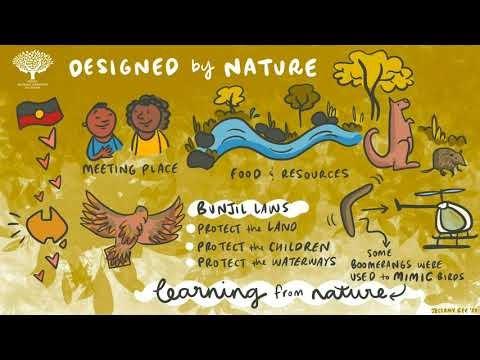

Also see attached a few creative ideas from our ACE students Mo P and Charlotte A.
Mr. Mello
STEM Learning Specialist
During remote learning our year 7 ACE students have continued to work on their Design a Learning Space project within their ACE Project and Materials Technology classes. Part of this has involved creating some designs to implement their ideas within the Room styler platform. See here the designs created by Amyliah P and Alani M for their learning space. Their design includes a variety of areas contusive to collaborative learning and the capacity to use a variety of technologies in the classroom. They also included interactive paint on the walls that could be changed based on what kind of learning activities are taking place. Truly innovative ideas!
Mr. Gary Campbell and Mr. Pedro Mello
Recently, Year 8 C students were tasked to write a creative story around 300 words on the Digestive system. They had to imagine that a hamburger was eaten by a human with the hamburger relating to what happens when it moves through the digestive system, describing the organs and its function in a humorous and creative way. Below are some of the fantastic creative stories that came out of this challenge. Well done 8C!
Asha Lal
Science Teacher
A Hamburger Story
By Padmae Varnakulasingham
There I was, minding my own business on a lovely afternoon. When out of nowhere, this lunatic straight up takes a bite out of me. It was completely uncalled for! Eventually all of me was in the crazy person’s mouth, I could feel his slimy saliva all over me and his teeth crushing into me. It was quite unpleasant. Eventually this lunatic takes a huge gulp, and swallows me, I fell down this long tube, what I could only assume was the esophagus, a long tube that leads into another organ. The esophagus led me straight down into a huge chamber. “Huh this must be what they call the stomach, humans are odd” I thought to myself. The walls of the stomach contracted at times, it was an odd experience. Suddenly, valve opened, almost like a trap door, and I feel through. I entered a new place, it looked like a hollow tube. I recalled my knowledge of human organs, and came to the conclusion that this was the small intestine. I could’ve say what exactly happened, but I felt myself breaking down, the nutrients leaving my body, as I was then thrusted into another unfamiliar place. The Large intestine. I was already not the same thing I was when I entered through the mouth, but now the last pieces of my form were being stripped away, the liquid. As the liquid left me, I knew what I was now, I was just waste, the unneeded parts. And as quickly as I came the to large intestine, I left, and was put into the rectum, where I would be left, Until the lunatic that first ate me decided to take a dump and remove me from their body. Being digested was not fun, I do not enjoy being a hamburger.
Digestive System –
A Hamburger story
300 word creative story
By Charlotte Worona
I was once sitting on a crystal white dish, and there was a person staring straight at me, and I was becoming concerned. “AHHHH,” the fork and knife are getting closer and closer to me, and I’m starting to become nervous. This individual just stabbed me with their dining utensils and I said, “Ouch.” ‘
"All right, all right,"
Let’s just say I was simply trying to look pretty on the crystal white dish until this human chose to destroy me, and now I’m stuck in his mouth. I’m being destroyed. ‘GROSS,’ He’s eating with his mouth open, which is filthy, but who cares? There are more important things in life to worry about, such as what’s going on now. Now this is getting really interesting because I can see a slide, but it’s not just any slide; it’s the oesophagus. ‘Oh shit,’ I call out as I make my way to the stomach. I believed it was all a joke until I found myself in the gut of this brutal person.
“All right, all right, I’m sure I’ll be out of her soon.” Now I’m swimming through all of these tubes, and I’m pretty sure it’s called the small intestine. Okay, I’m at the bottom of the small intestine, and hopefully I’ll be out soon.
“OMG,” I went up this strange shape and am now very puzzled. Oh, wait, I just remembered I’m in the large intestine, which means I only have to go through two more steps before I’m out, but please pray I exit the same way I entered. I’m not sure if I’m the same right now because I can’t see myself, it’s too dark in here. So, I’ve reached the end of the large intestine and I’m sure I’ve now entered the rectum.
“YAY!” I’ll be able to see light again shortly. So, I’m moving through the rectum, which is a little section of the digestive system, and I believe this area is prepping me to shoot out. Okay, enough of that; I’m now in the anus, and I’m believe I can see light.
“Get ready for take-off,” says the pilot. 10, 9, 8, 7, 6, 5, 4, 3, 2, 1, Ka-plonk, Splash. Oh, wait, I’m not the same thing I was before I entered the human domain, how sad. Well, I guess I’ll mention that life is short, because my life has come to an end.
Giannu Gabriel - Ronchi
The digestion
of a Hamburger


I am a hamburger being made at McDonald’s and I got packaged in this cardboard box.


I was given to this funny looking thing that didn’t look like a hamburger.
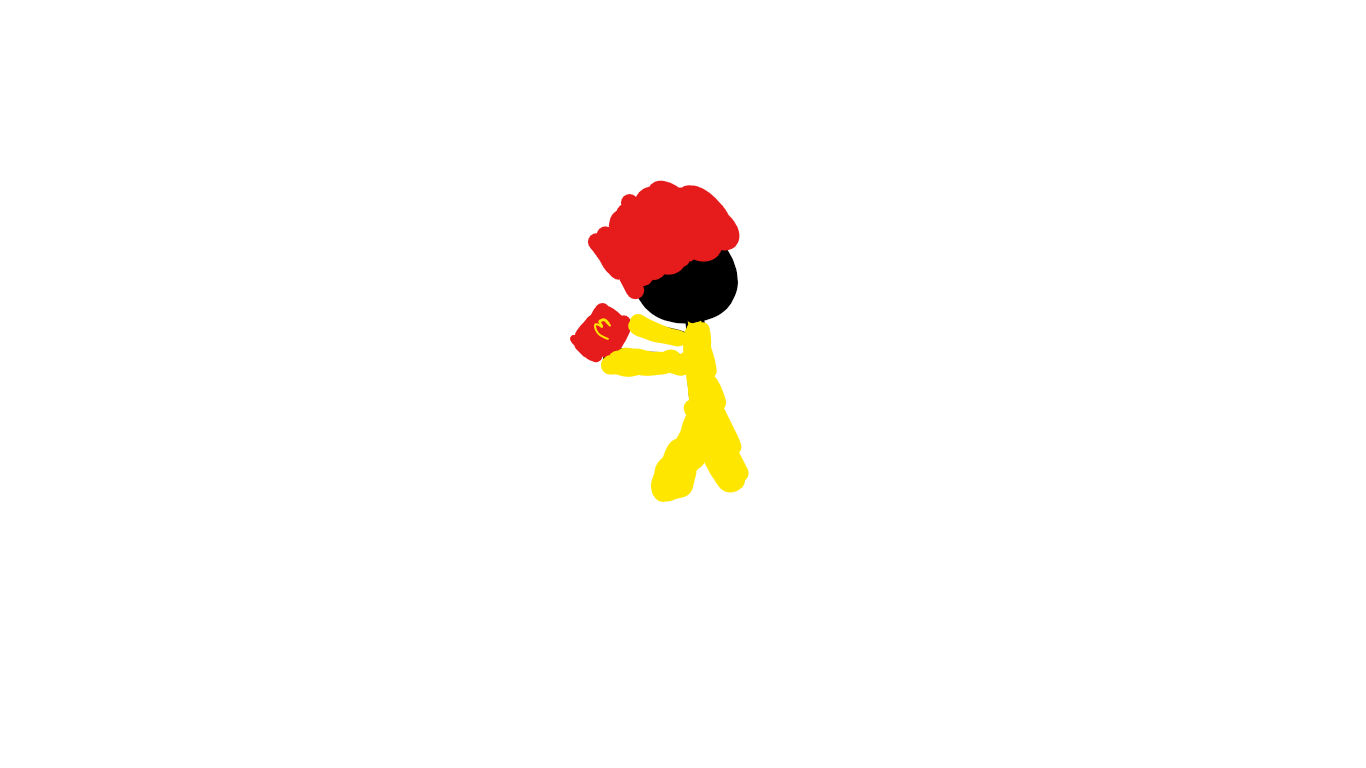

I was told that he was Ronald McDonald!
He lifted me up and opened his mouth really WIDE.


Ouch! He bit a part of my face off!
Ouch! Ouch! Ou… He had eaten my whole body. His teeth and saliva mashed me up into a Bolus.
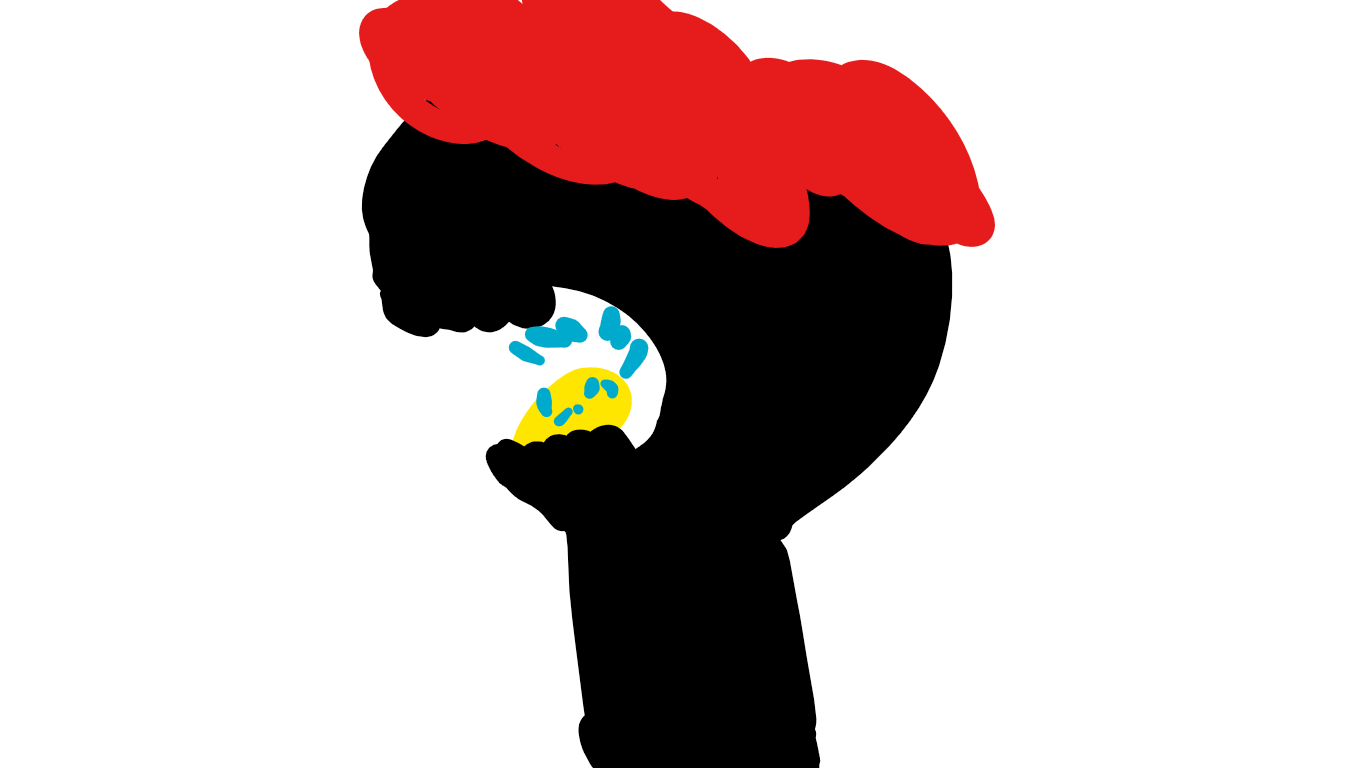

Once he finished chewing he swallowed me and I went down this water slide called the Oesophagus.
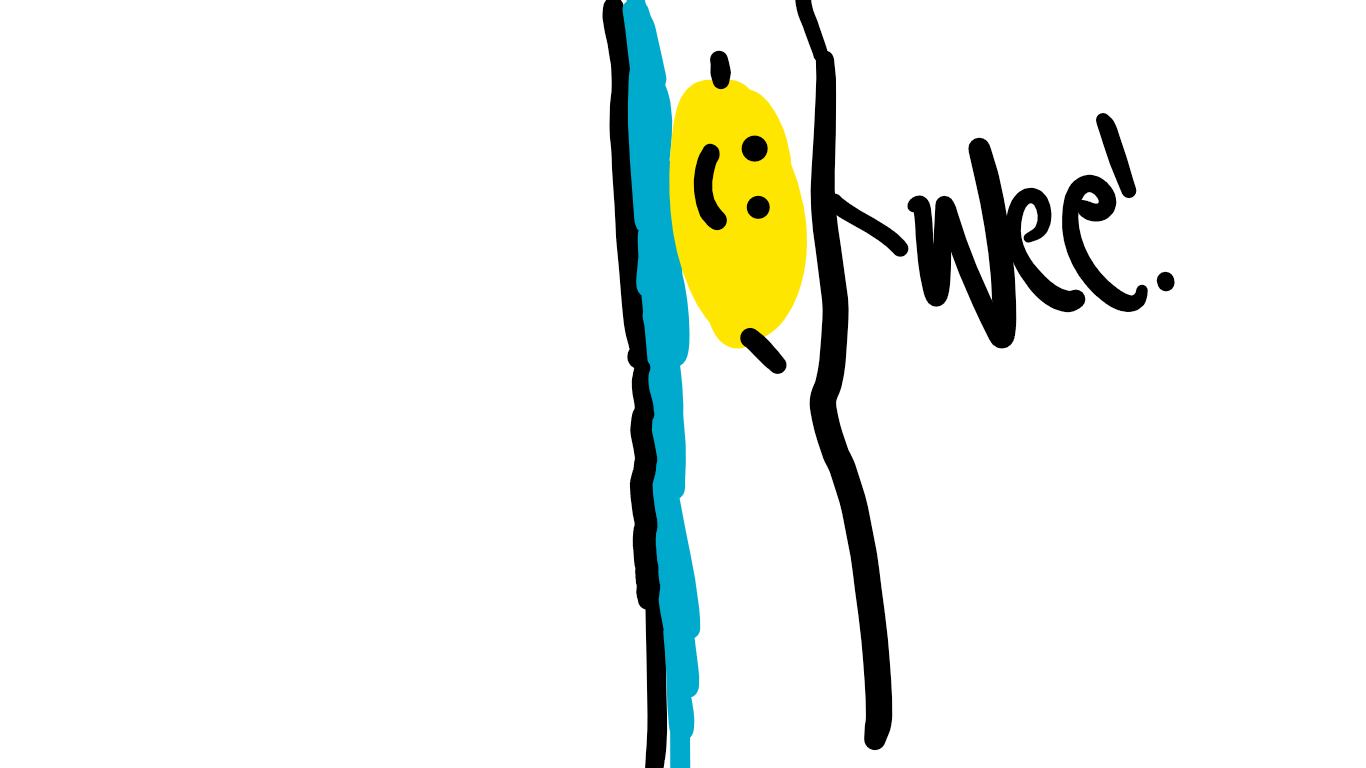

Weeeeeeee! Woooo! Hooooo!Page Break
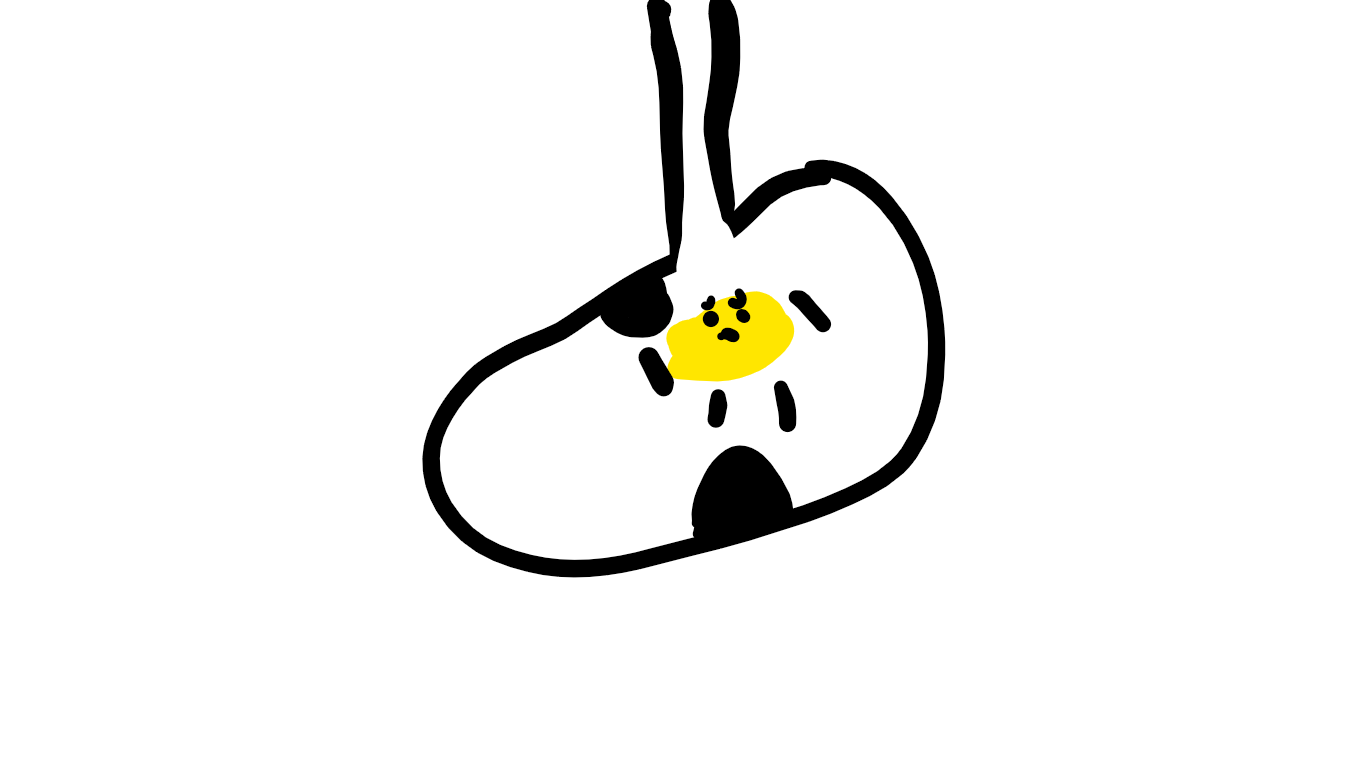

Plop! At the end of the water slide was a large room. This was the stomach. The stomach walls pounded me up and down until I broke up into smaller pieces.
Page Break
After that I got sprayed with a lot of acid. These acid liquids have enzymes in them that slowly started dissolving me.


The dissolving felt very fizzy but also like I was in a moving bubble bath.
I spent a bit of time there but once I was finished I turned into a frothy liquid called Chyme.
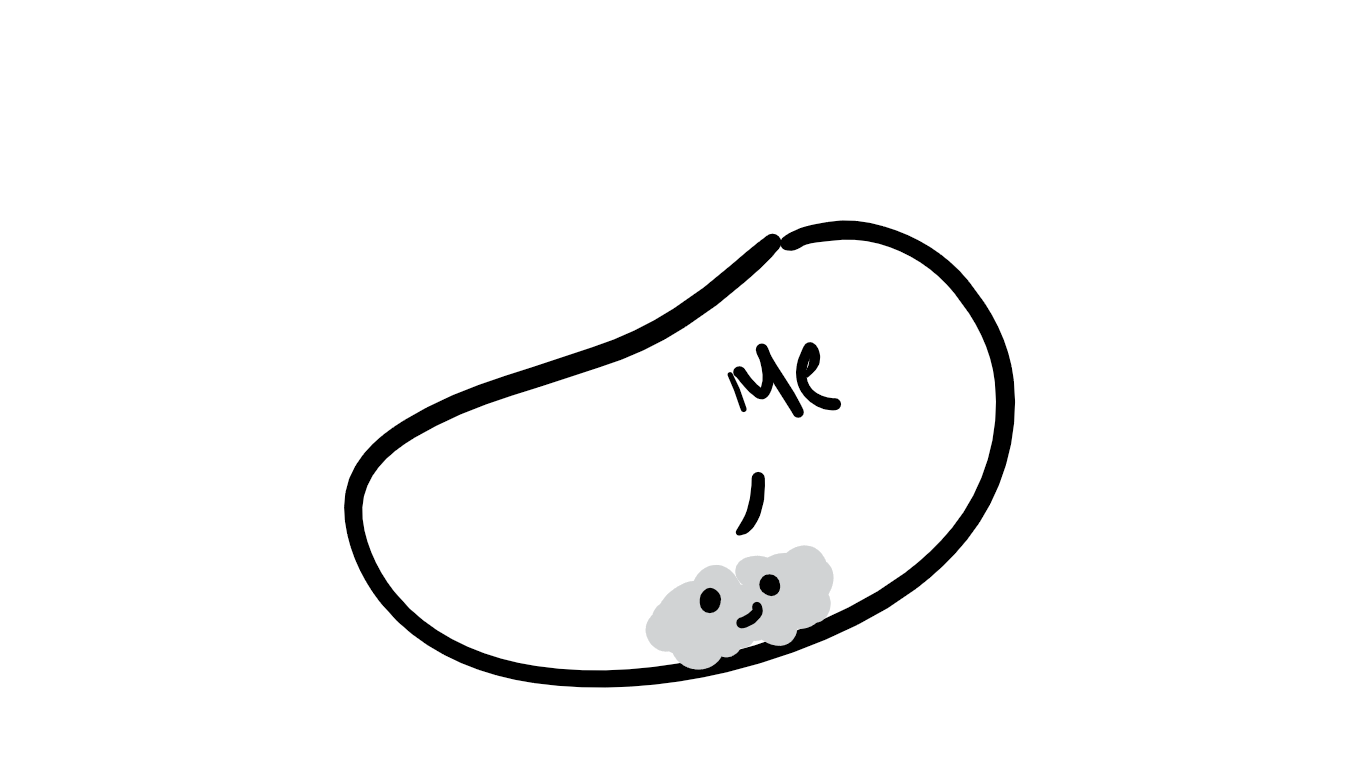

I made my way down another water slide but this time the liver had sent a yellow liquid called bile to the Gall bladder.
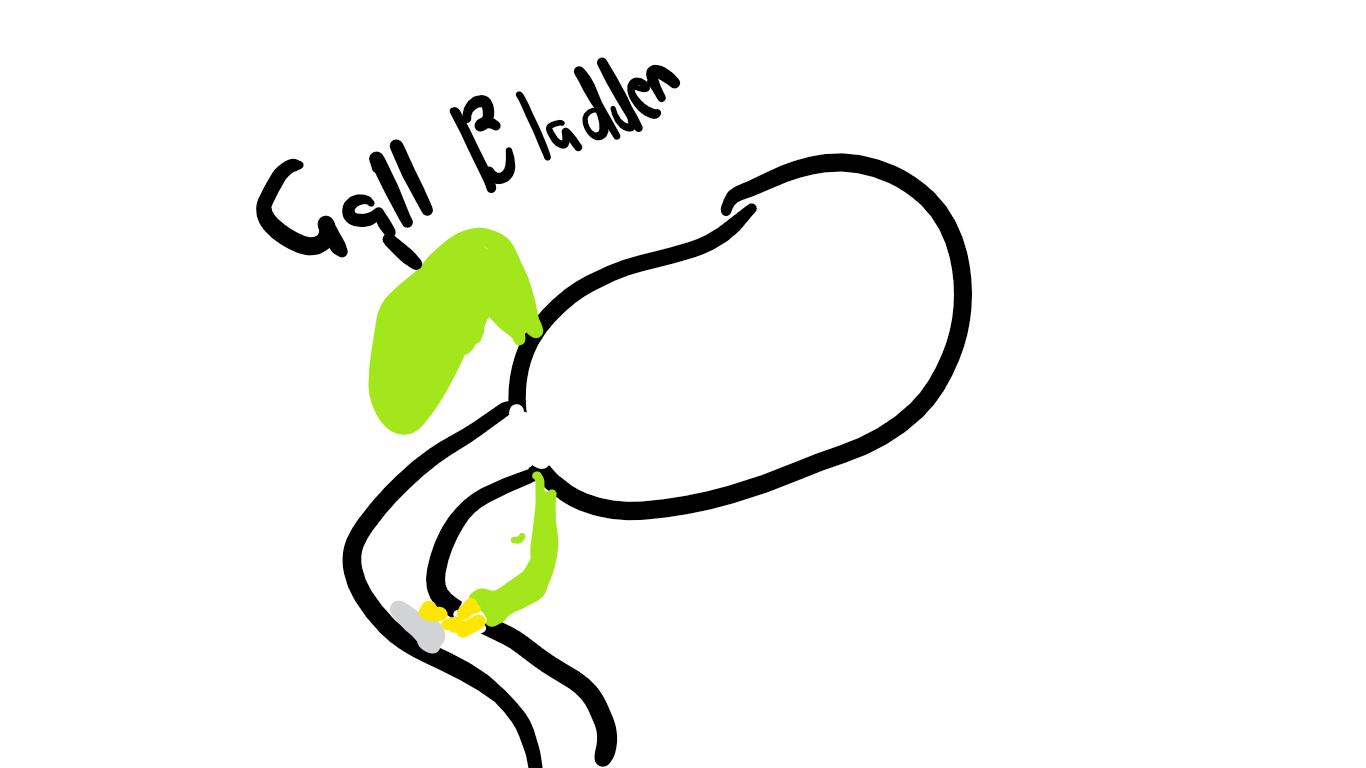

The bile got squirted onto me. Squirt!!!
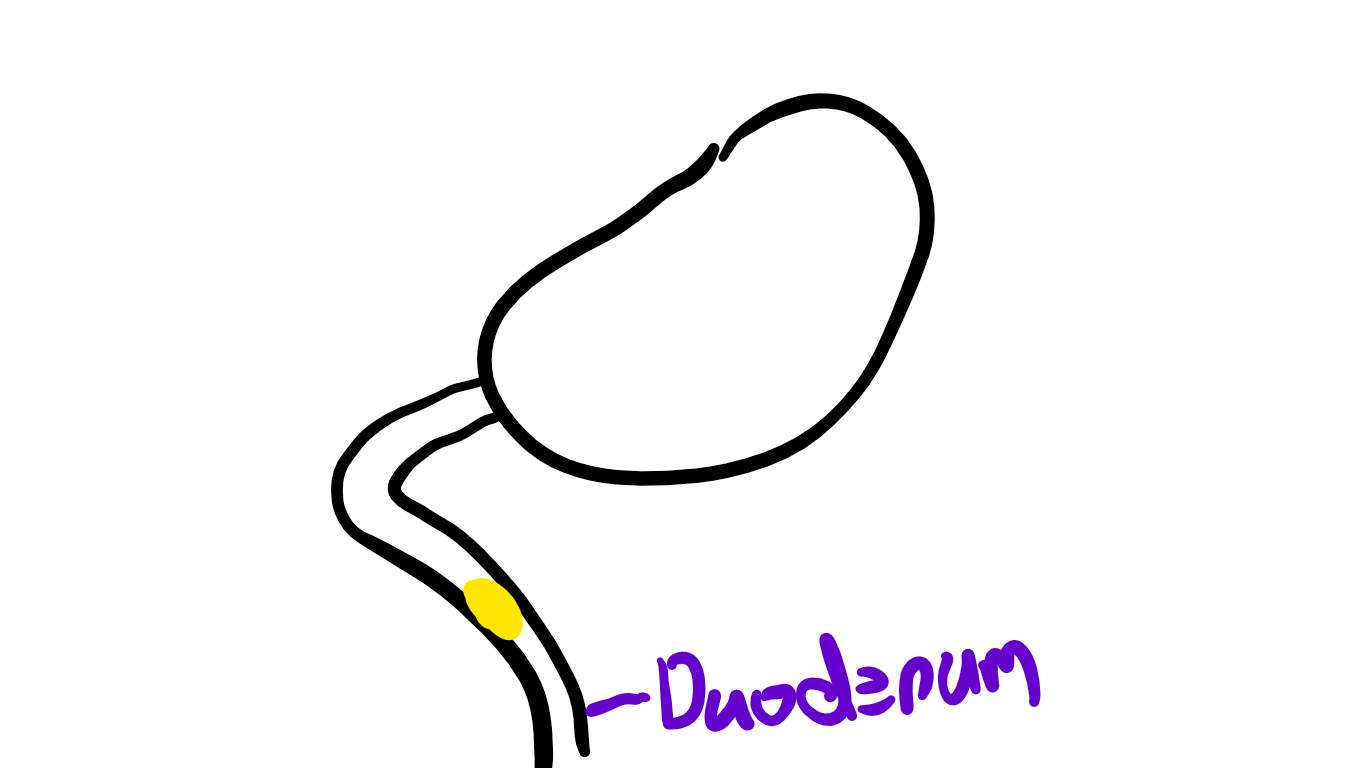

While I was going down the waterslide I went into the duodenum.
This is where the fats inside of me get dissolved so that it is easy to for the pancreatic and intestinal juices to digest me.


The juices have enzymes in them that break down the fat molecules into fatty acids and glycerol.


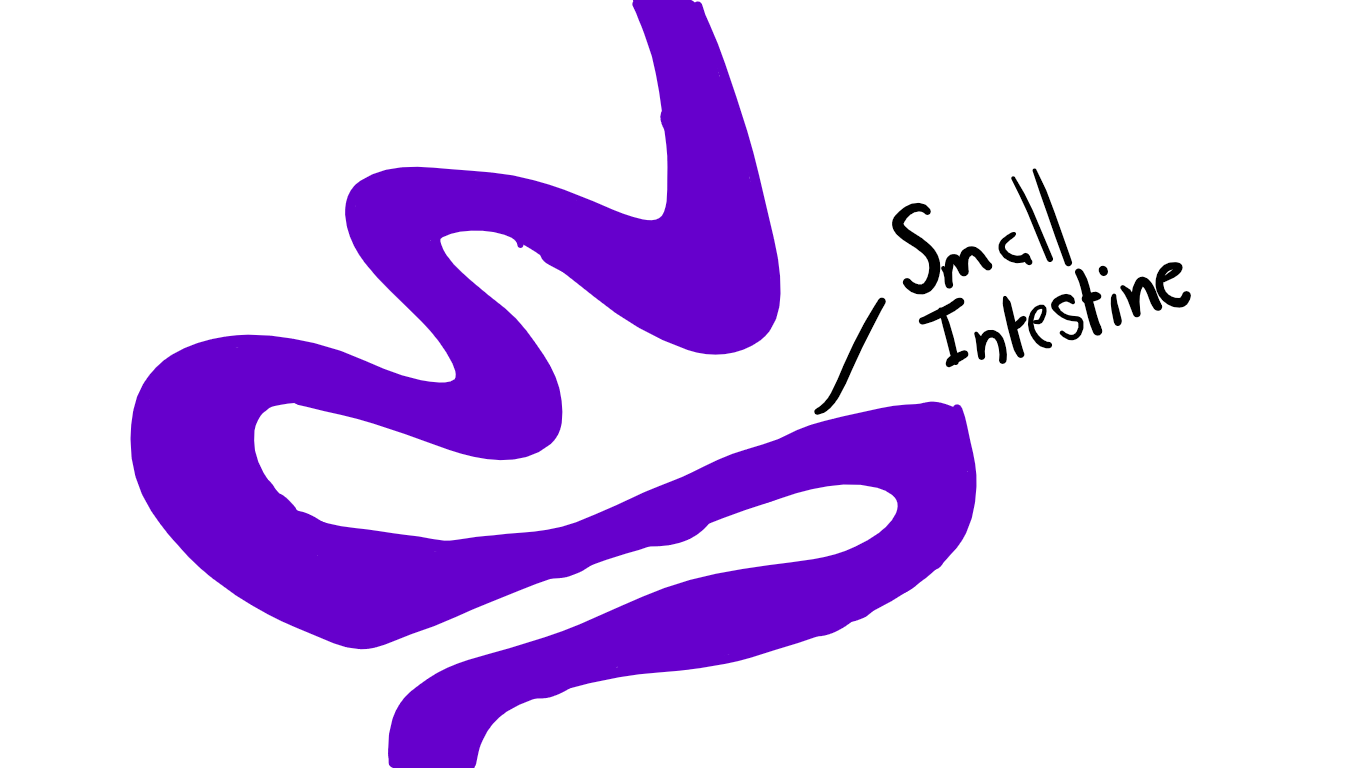

I travelled further down the waterslide but now came the twists and turns of the slide which is called the small intestine.
The acids also break down any proteins left over into amino acids and they break down the carbohydrates into glucose.
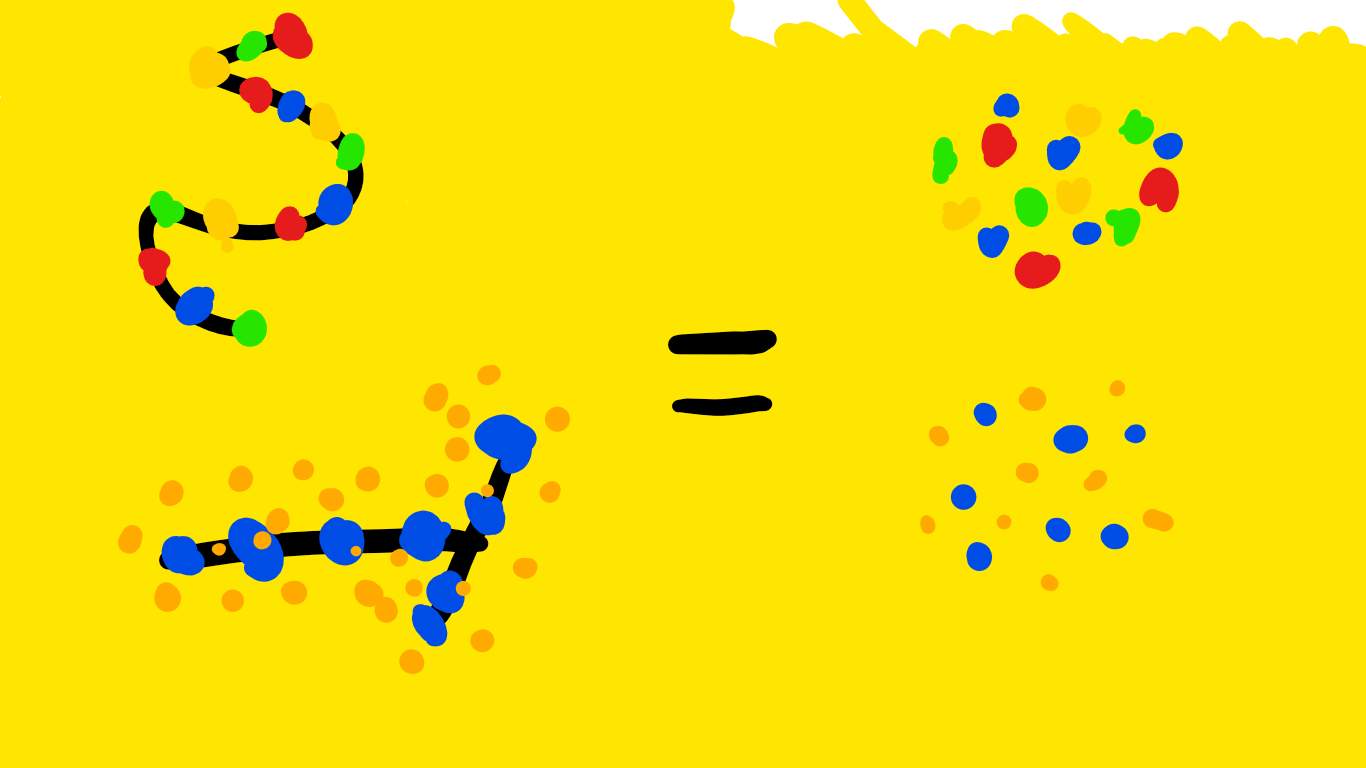

This happens in the jejunum and the ileum which are parts of the small intestine.
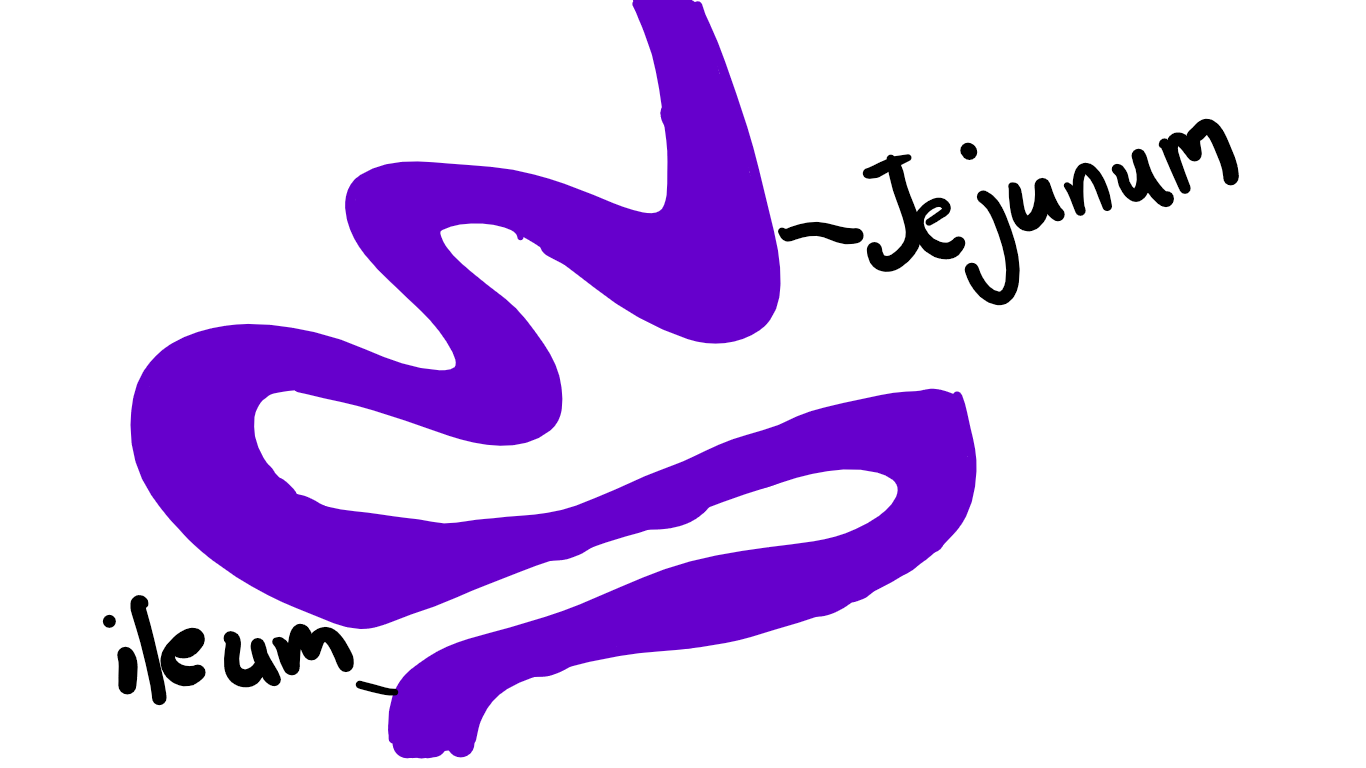

They are coated in millions of tiny bumps called villi.


They absorb lots of molecules and give them to our blood streams.
Wooooo! Thud! I had hit the bottom of the water slide and a little dizzy from the twists and turns.
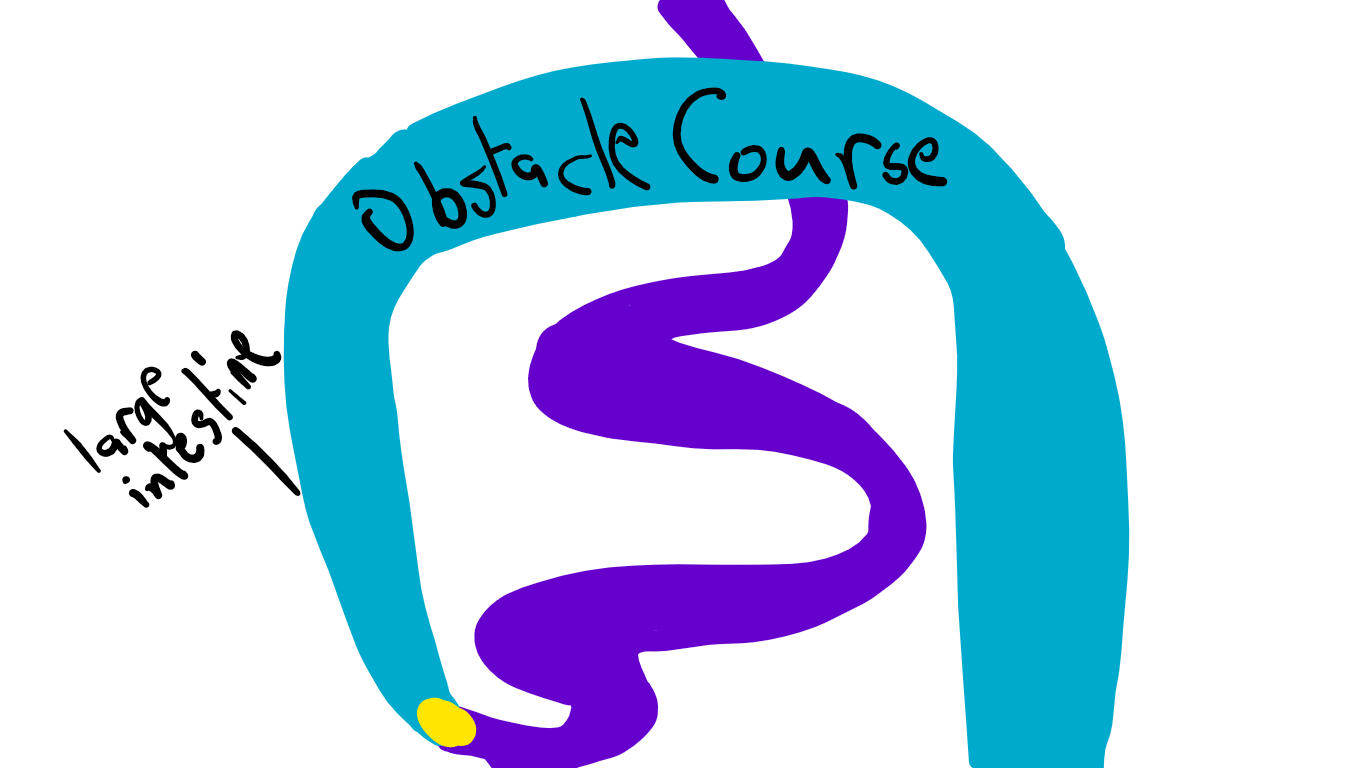

I now had what looked like an obstacle course this is called the large intestine.
In this obstacle course the outside was like a vacuum sucking out all of the water inside me.


I am now what is called a stool or poo.


I made it to the end of the obstacle course and fell into a pouch called the rectum.
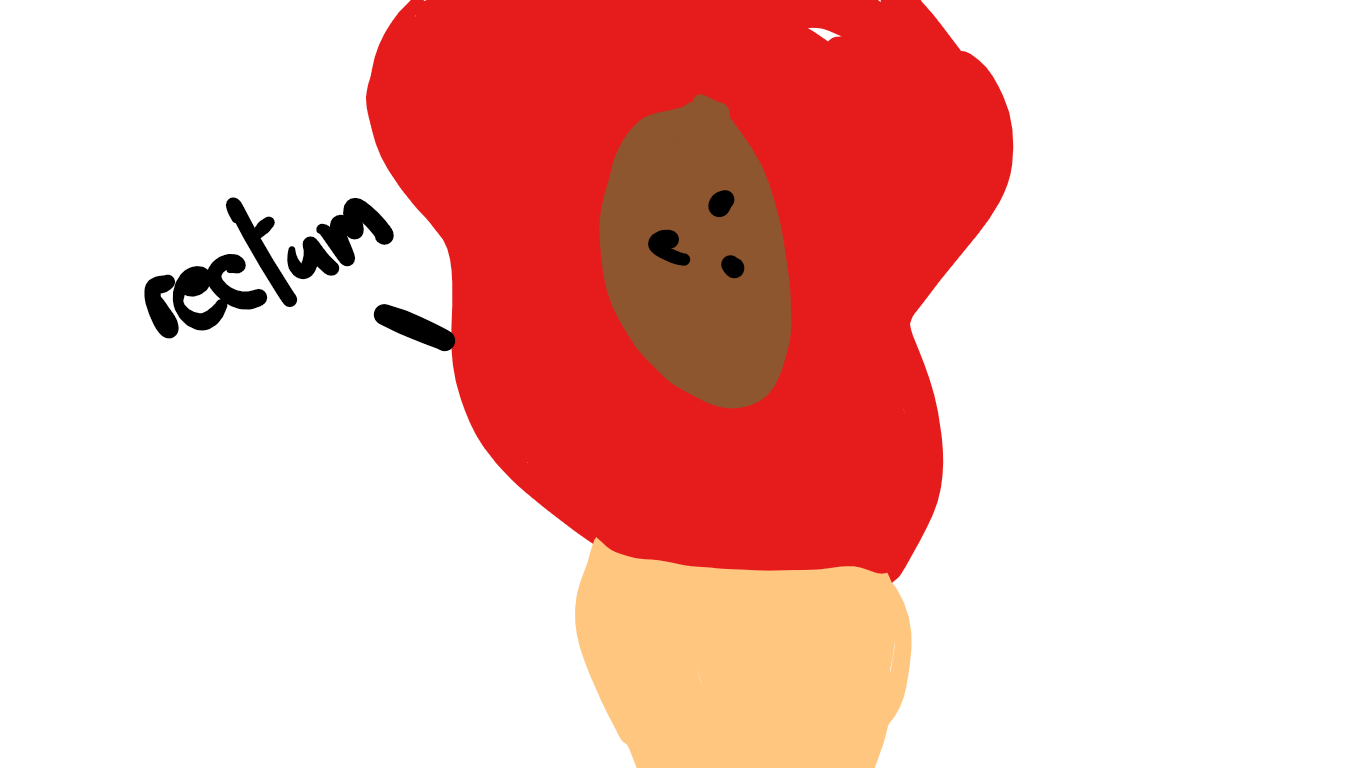



I finally after 40 hours saw light! I had got pushed out and into a pool of water! Flush…
In remote learning, Year 9 English students have been working hard to develop their critical analysis skills in their analysing argument unit. Students had to write an argument analysis essay outlining the writer’s arguments and language used to persuade their audience. All students did well in understanding the main concepts and submitted wonderful essays. Some of the students work is displayed below. Well done Year 9 English.
Student Argument Analysis Responses :
Olivia Williamson - Year 9
In her opinion piece “The day a bunch of truant teens rocked my world” published in The Age, Dr Rebecca Huntley discusses how older Australians need to listen, support and act alongside the younger generation, to ensure climate change is less of a worry for upcoming generations. The discussed issue of this piece is that the older generation is not doing what they can to help end climate change. With the intention to persuade, Huntley uses a serious and assertive tone in her piece. This is to convince older Australians to use the voice and power they have in society and assist young people in solving climate change.
This argument investigates how Australia’s older generation needs to act with the young generation about climate change. Huntley discusses the voice and power the older generation hold today, that young people do not have. With saying this, Huntley infers that older people need to use this power to a potential advantage and do more about climate change. This is so that upcoming generations can have a greater future. Huntley uses an anecdote in this reason by telling her audience what she personally did to make a difference and act against climate change. Huntley states “I divested my superannuation. I bought offsets for my car. I joined and donated to many climate groups and, I decided in my professional life to work almost exclusively on research on climate change and energy transition. By using an anecdote in this argument, it makes the argument more interesting as Huntley uses her personal experience. This could then put the audience in a position to think more deeply about the topic and make them realise that an ‘average person’ can also make changes and a difference ongoing. This is encouraging for readers to also make a change. To further support her argument, Huntley uses inclusive language. Huntley expresses, “We need you to listen. We need you to act”. Huntley uses ‘we’ to attempt to involve her audience and attempt to get them to make a difference. By using inclusive language, it positions Huntley’s audience to feel included, valued and feel like they also have power.
Huntley discusses how climate change can cause mental health problems. Her piece states how the rising climate anxiety is acute among young people. Huntley talks about how researchers are investigating the psychological effects of climate change in children. Huntley mentioned a study that was held in Melbourne. The results of this study showed significantly high levels of worry about the climate and the mental health problems this amount of stress is causing children. For example, mental health problems such as PTSD, depression, anxiety, phobias, sleep disorders, attachment disorders and substance abuse can all be caused by stress. These mental health problems can lead to difficulties with emotion regulation, cognition, learning behaviour, language development, and academic performance. If this alarmingly high level of stress that is shown in children of today continues in future generations, it will be concerning for society. This is why the older generation need to act immediately. This argument uses expert opinion as Huntley includes information found from a study based in Melbourne. By using expert opinion, it puts Huntley’s audience in a position to be more strongly convinced that Huntley’s piece is believable. Additionally, Huntley uses appeal to fear in this argument by stating many mental health problems such as PTSD, depression, anxiety etc. and what they could possibly lead to like emotion regulation and academic performance. By including these examples, Huntley’s intention is to make her audience worried of what mental health problems could perhaps affect themselves, their children or peers.
Throughout this reason, Huntley investigates how climate change is affecting children more than simply making them anxious about their future. Huntley mentions that ‘climate change is essentially altering young people’s sense of identity and existence’. Her piece also says that for upcoming generations, climate change is a top issue and that young Australians are concerned for their future. Huntley includes evidence in this argument to support her reason. She states, “According to academic Blanche Verlie from the University of Sydney...” By using a source of evidence in this argument, it makes Huntley seem informed on the topic. Therefore, readers will be more easily led to believe that Huntley’s piece is well researched and convincing. Huntley also uses appeal to family values to further assist her argument. Huntley includes a statement written by a doctor at The University of Sydney. Her statement says, “Climate change challenges, the beliefs that . . . if you work hard, you will have a bright future [and] adults generally have children’s best interests at heart and can or will act in accordance with that. By applying appeal to family values to her piece, Huntley positions her audience (parents) to feel guilty that they are not raising their children correctly or suggesting that other people’s children are not being raised properly.
Samantha Loh - Year 9
In an opinion article published in the Age, a major Victorian daily newspaper, Dr Rebecca Huntley contends that the older generation in power should act against climate change to save younger generation’s future, mental health and their sense of self, identity, and existence. Her chosen issue: truant teens taking climate action, has two perspectives, one side is to act against climate change and support the strikers; the contrary is to stay indifferent or unsupportive towards the issue.
Dr. Huntley, the author of this opinion article, expressed her opinion regarding this issue after the student climate strike influenced her to act. Her view is trusted because she is a professional who has conducted accurate research and has authored several previous books about climate change.
Huntley targets this piece to the older generation, the ones in power, who possess a more influential voice than the younger people. She adopts an overall passionate, determined, approving and convincing tone to persuade her intended audience. Adding facts, quotes, and expert opinion as evidence to further support her argument.
The intention of the piece is to persuade the older generation to take climate change and strikers seriously, to support them, and act against it. There is no proposed solution to the problem because climate change is an exceedingly vast problem that can’t be solved easily. However, she does suggest talking, acting and listening about the issue, as well as marching alongside climate strikers to show their support. By doing this, people can help eradicate climate change gradually.
Firstly, she asserts that adults are getting ‘schooled’ by the climate strike; they are influenced to view the world in a distinct perspective. Huntley chose this argument to provide her experience as an anecdote of how the climate strike changed her personally and professionally. This positions the reader to think about what they can change in their lives to support climate change, just like she did.
Furthermore, she utilises persuasive techniques and languages like evidence, emotive language and an anecdote to persuade the audience. Her anecdote illustrates the argument and personalises the issue for the readers, as they might have a similar experience to Dr. Huntley, or they might empathise with her experience and be willing to change their lives as well. For evidence, she included a photo of the climate strike to display what the event looked like, as well as quotes and slogans from the posters to show how passionate the climate strikers were. Lastly, when describing how the strike influenced her to change her life, she adopts emotive language to convey what she was feeling; including profound, hit, power and shifted. She also uses this technique to describe the language used on the posters, including serious, angry, humorous, profane, funny, and grave.
The image used was particularly significant, as it provides the audience with an idea of the emotions intertwined with the event. For example, looking at the posters the students were waving, we can see that they are passionate about the issue, eager to eliminate climate change, and they are urging the older generation in power to help them, since they can’t do it alone.
The persuasive techniques and language Huntley utilises position the audience to empathise with her experience and the climate strikers. The audience is positioned in this way because she personalised the argument, so it appeals to the audience’s emotions. The reader will then be able to relate or be influenced by this experience.
Secondly, she alleges that climate change is creating and worsening mental health problems, especially in youth. She states this point because it is a serious and worrying matter that can be supported by expert opinion and evidence. It positions the reader to think about this consequence of climate change and motivate themselves to act against it for the wellbeing of their children, grandchildren, brother, sister, and other loved ones.
Additionally, Dr. Huntley displays a metaphor, an analogy and expert opinion as persuasive techniques. She uses expert opinion from researchers looking at the psychological effects of climate change on children. She also quotes academic Blanche Verlie from the University of Sydney and volunteers her own findings. Following the expert opinion from a Melbourne based study, she included a metaphor by comparing the list of mental health problems to a laundry list, appealing to the audience’s imagination. Lastly, she effectively uses analogy as she describes the remedy of climate anxiety among young people as “not just to swat for the next exam or go clean your room. It’s action. Getting involved in a meaningful way”. This simplifies and compares the point to make it easier for the audience to relate and agree with her perspective.
The languages she uses is logical, with expert opinion to assist her point as well as a metaphor and analogy to help her intended audience to comprehend, concur and relate with her assertion. The readers are situated in this way because she stressed that youth are experiencing mental health problems due to climate change, and that is especially concerning.
Finally, she claims that a generational wave is coming, millions of people for whom climate change is a high priority and we should support them in every way we can. She selected this argument to add some optimistic data and facts to generate hope among readers, especially to influence them to help. She reasons using evidence, inclusive language, generalisation and emotive language. As evidence she supplies data from a range of studies on Australian attitudes to climate. She also applies inclusive language by adopting words like we and us to involve the audience. Then, she employs emotive phrases like “We must take the climate strikers seriously” and “We can support them” to generate passion and enthusiasm among readers.
Moreover, she concludes her article by applying generalisation when stating that we must take climate strikers seriously and support them as well. This concludes all her previous points: climate change is affecting younger people’s mental health; some adults are motivated to change their way of life due to the climate strikes. Her suggestions were the logical course of action, and she pushes her readers to do so. These persuasive techniques/ languages position the audience to feel optimistic and motivated to take initiative. This is due to the inclusive language that she adopted, which influence the audience to note that they are part of this issue and should be obligated to help.


